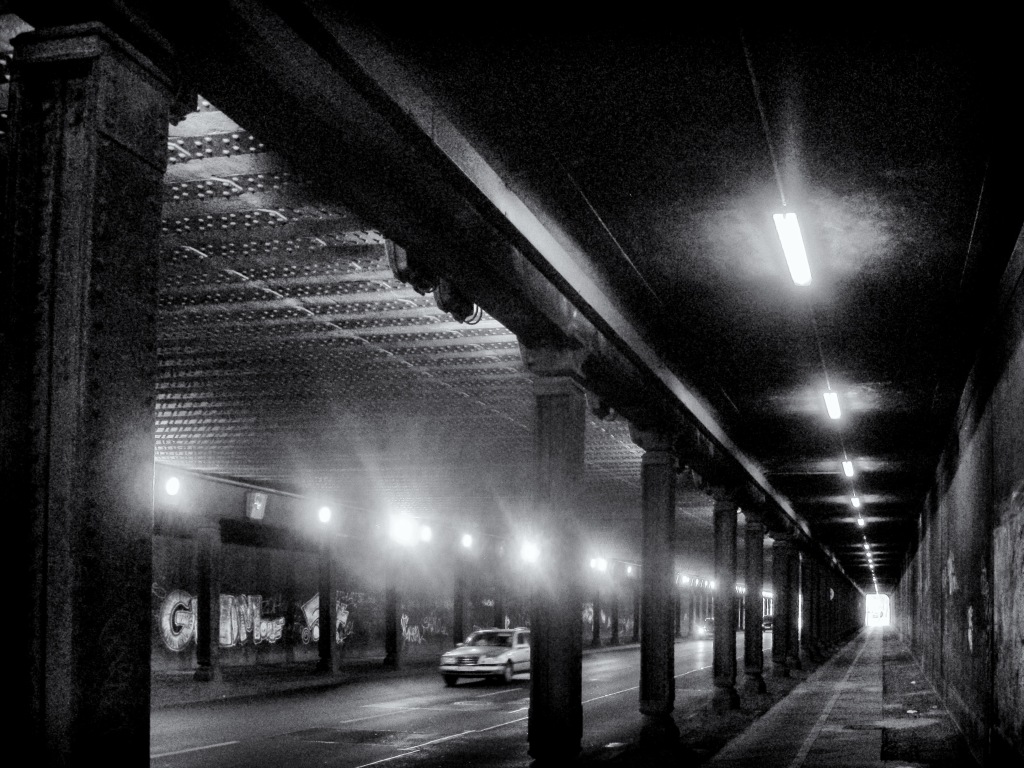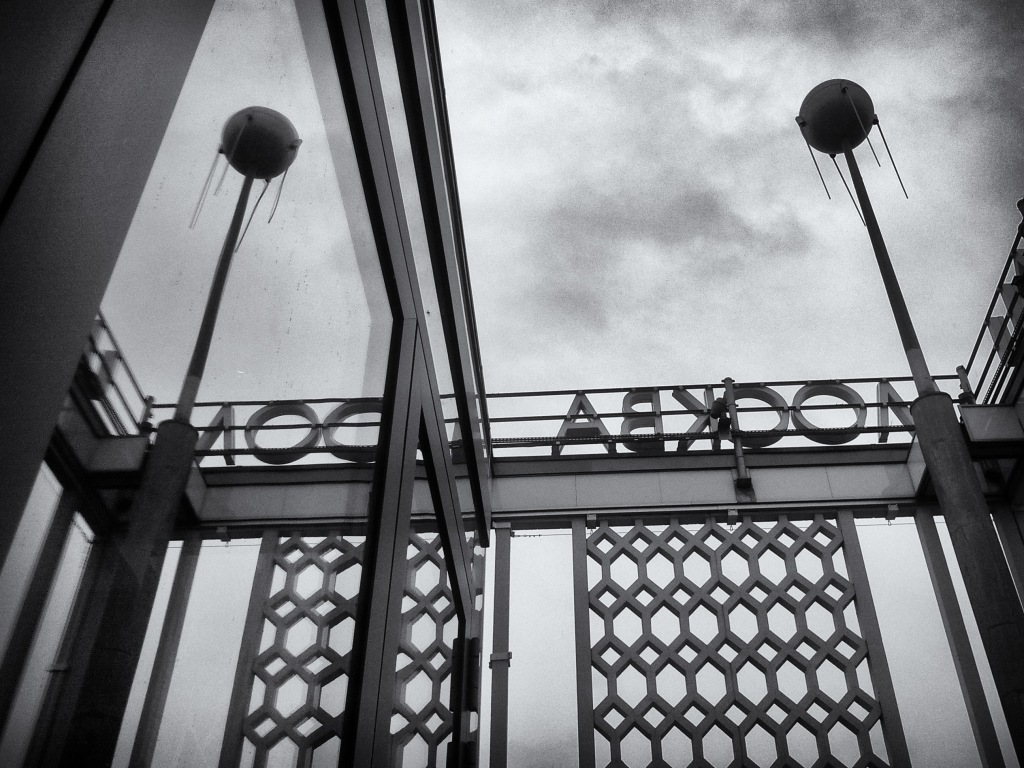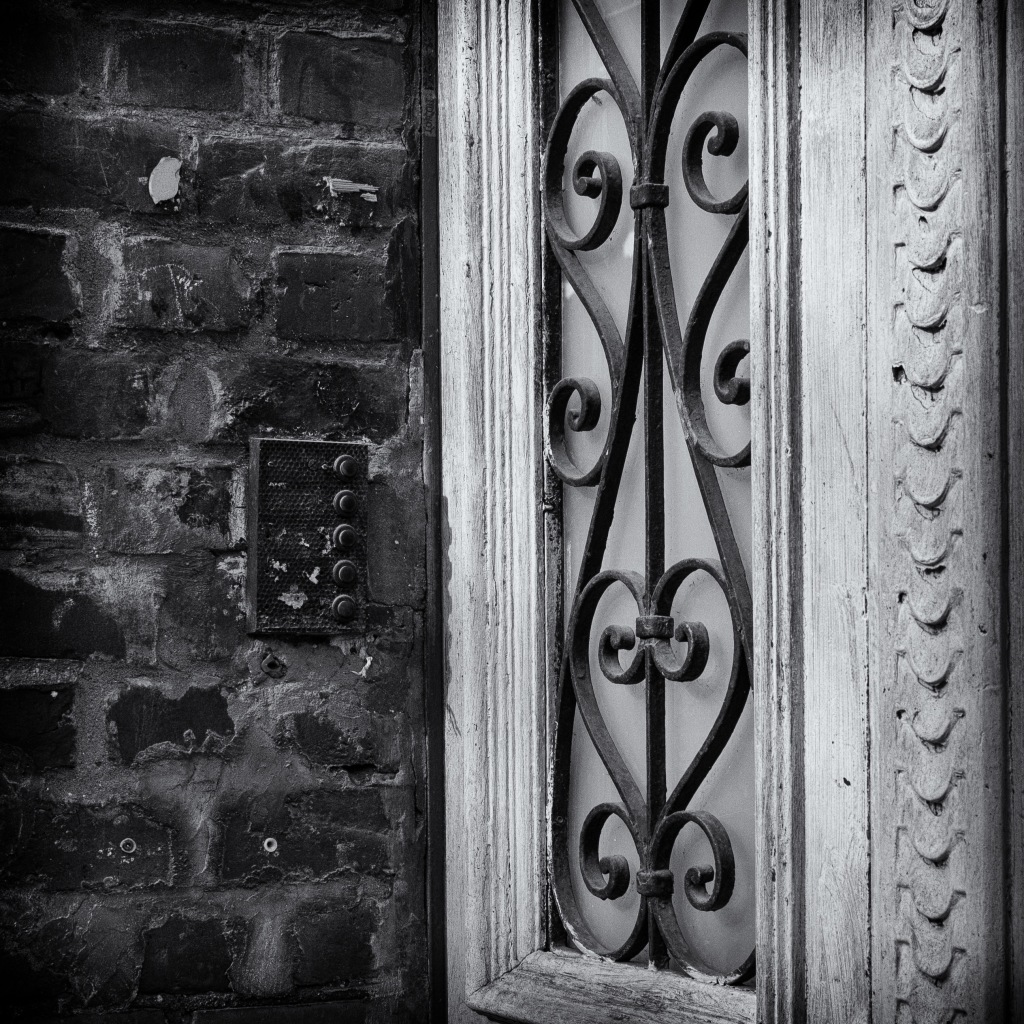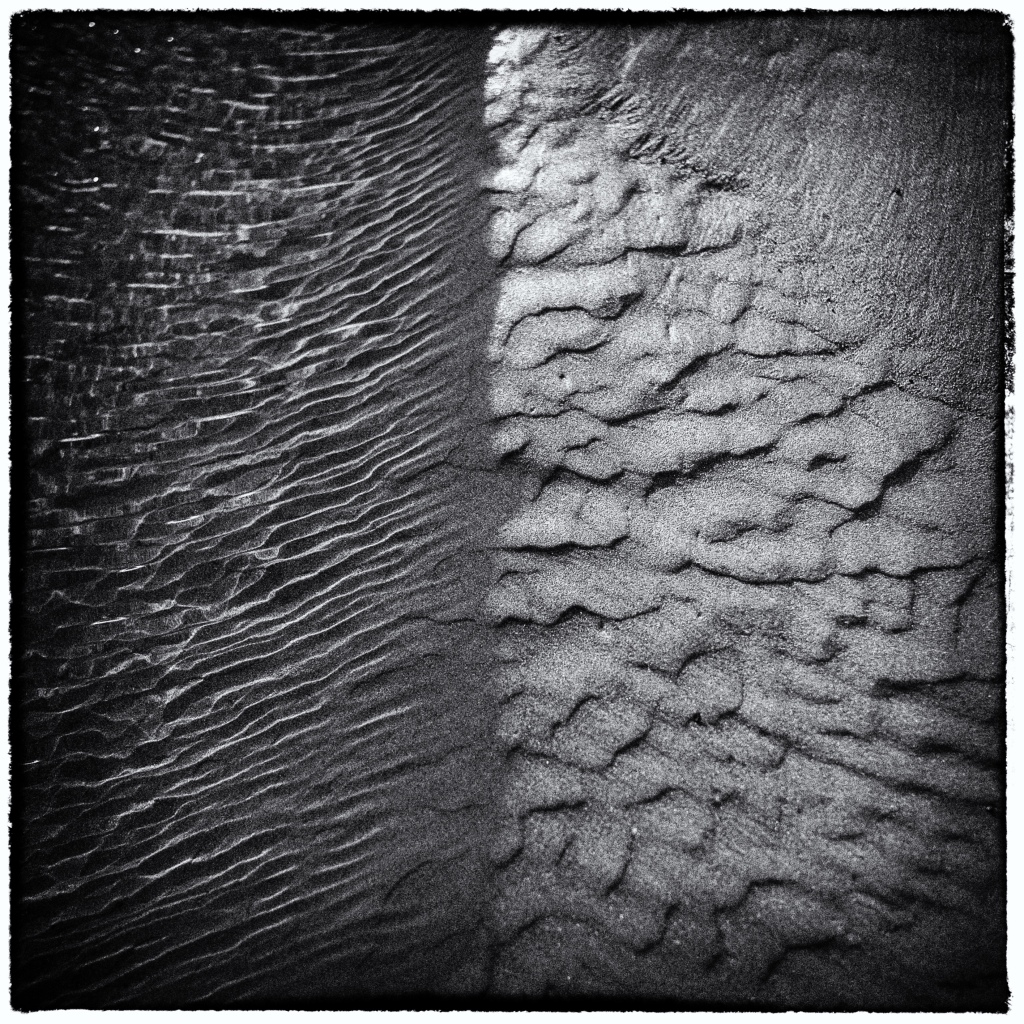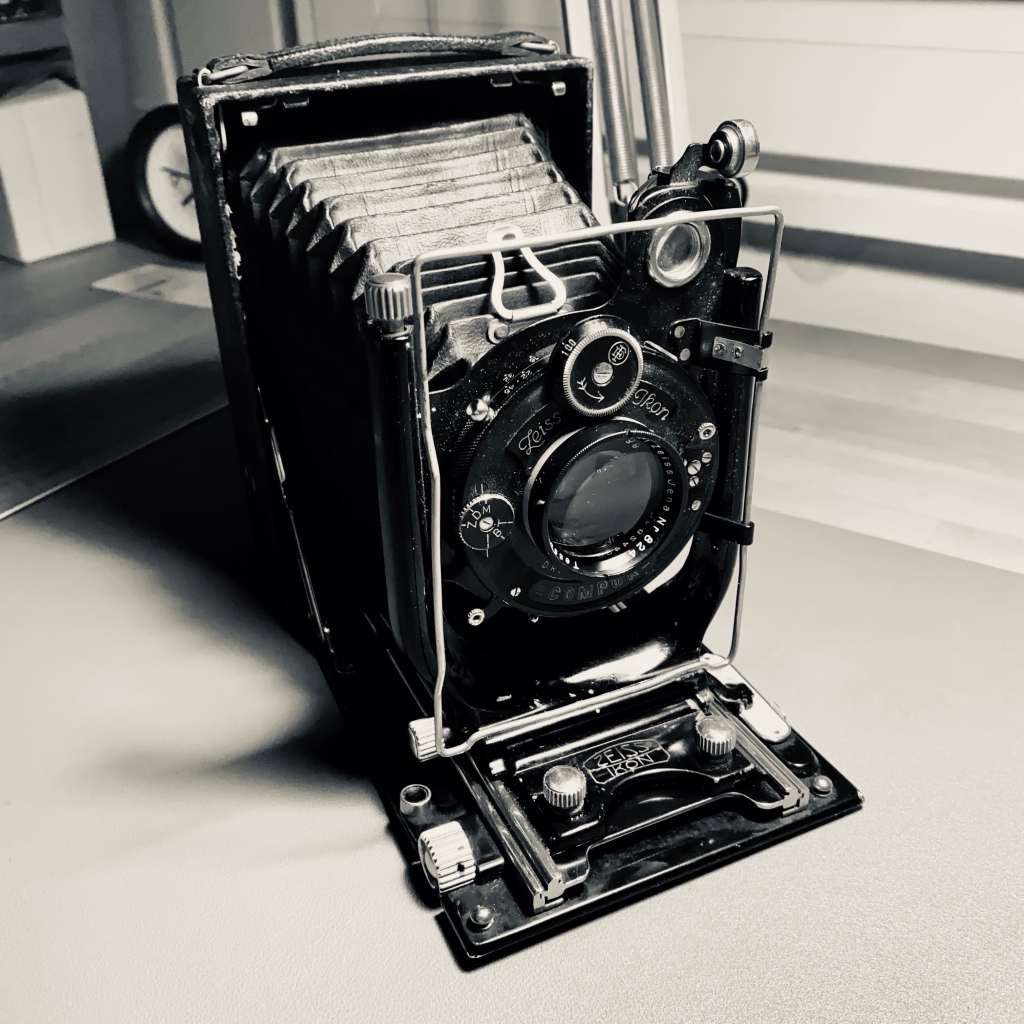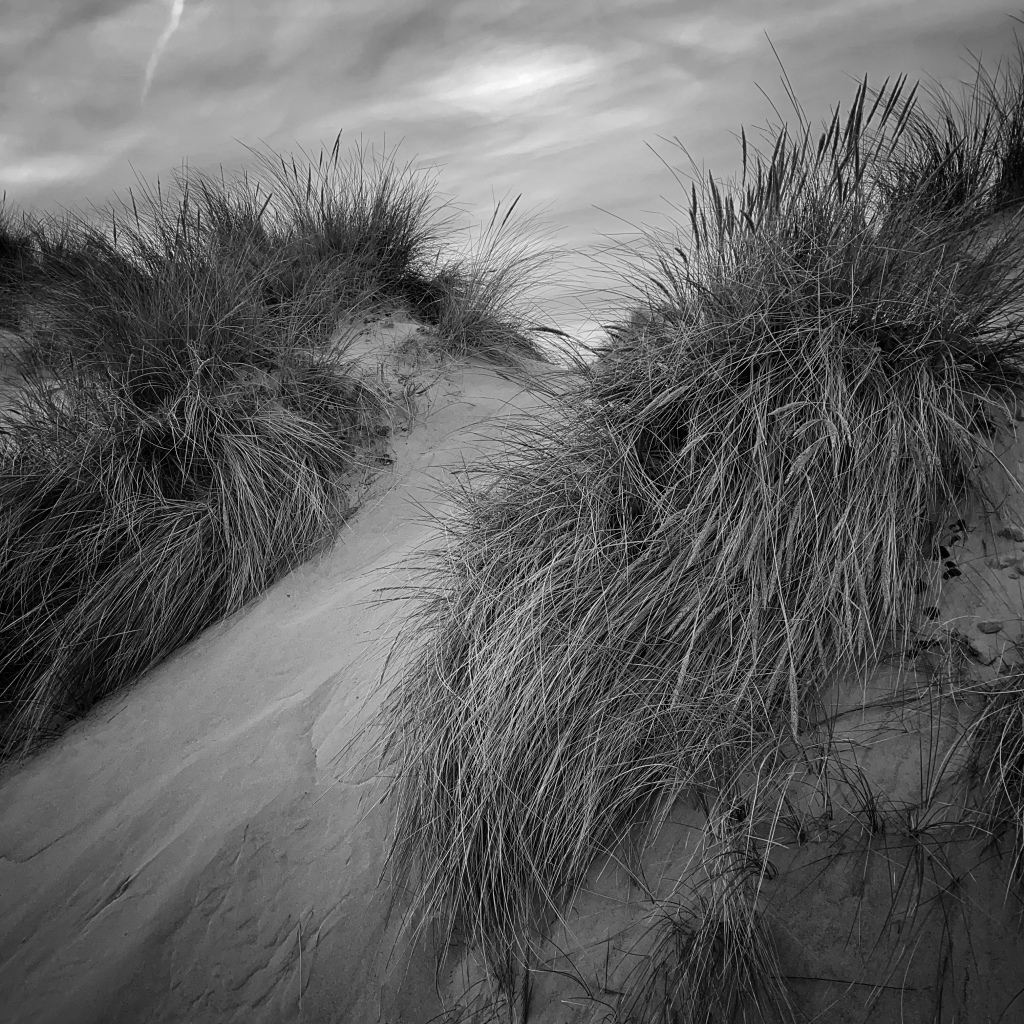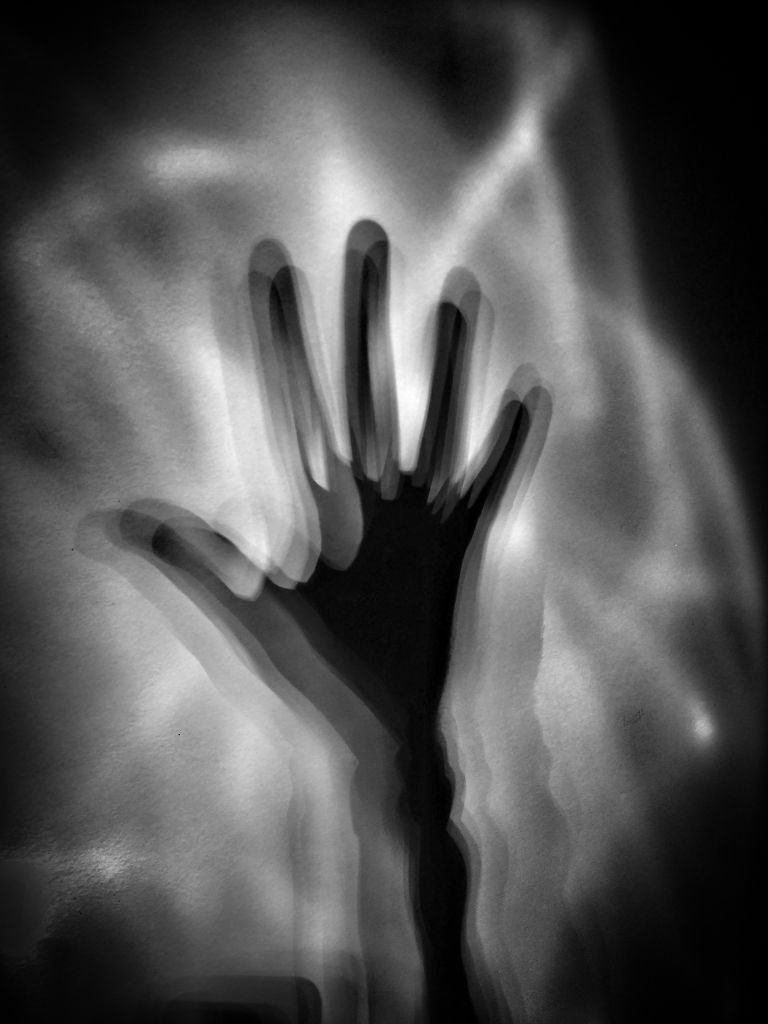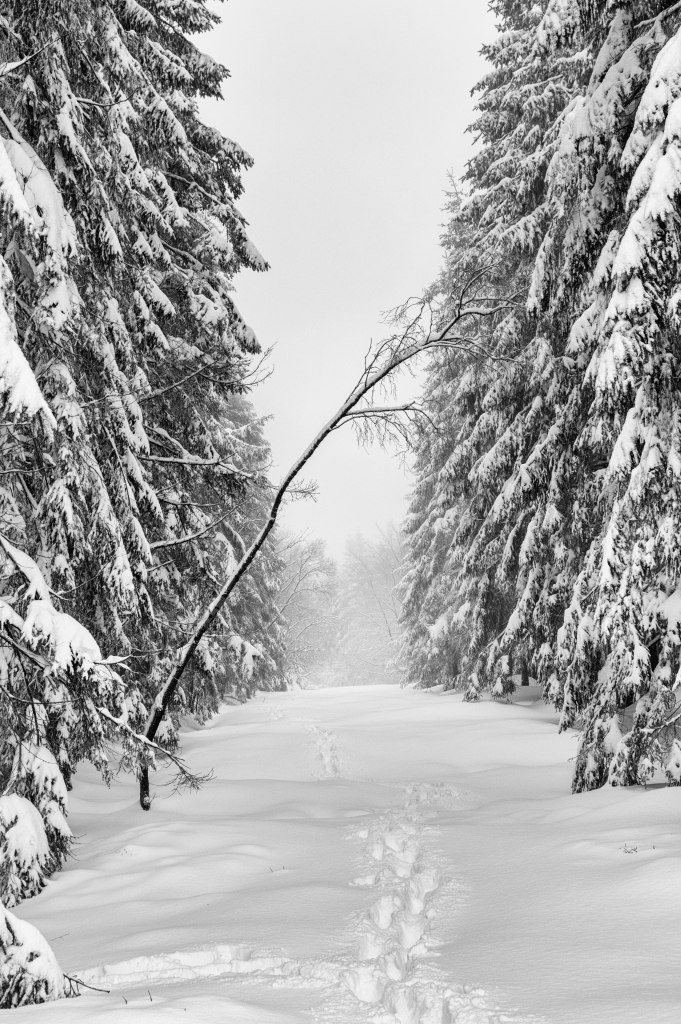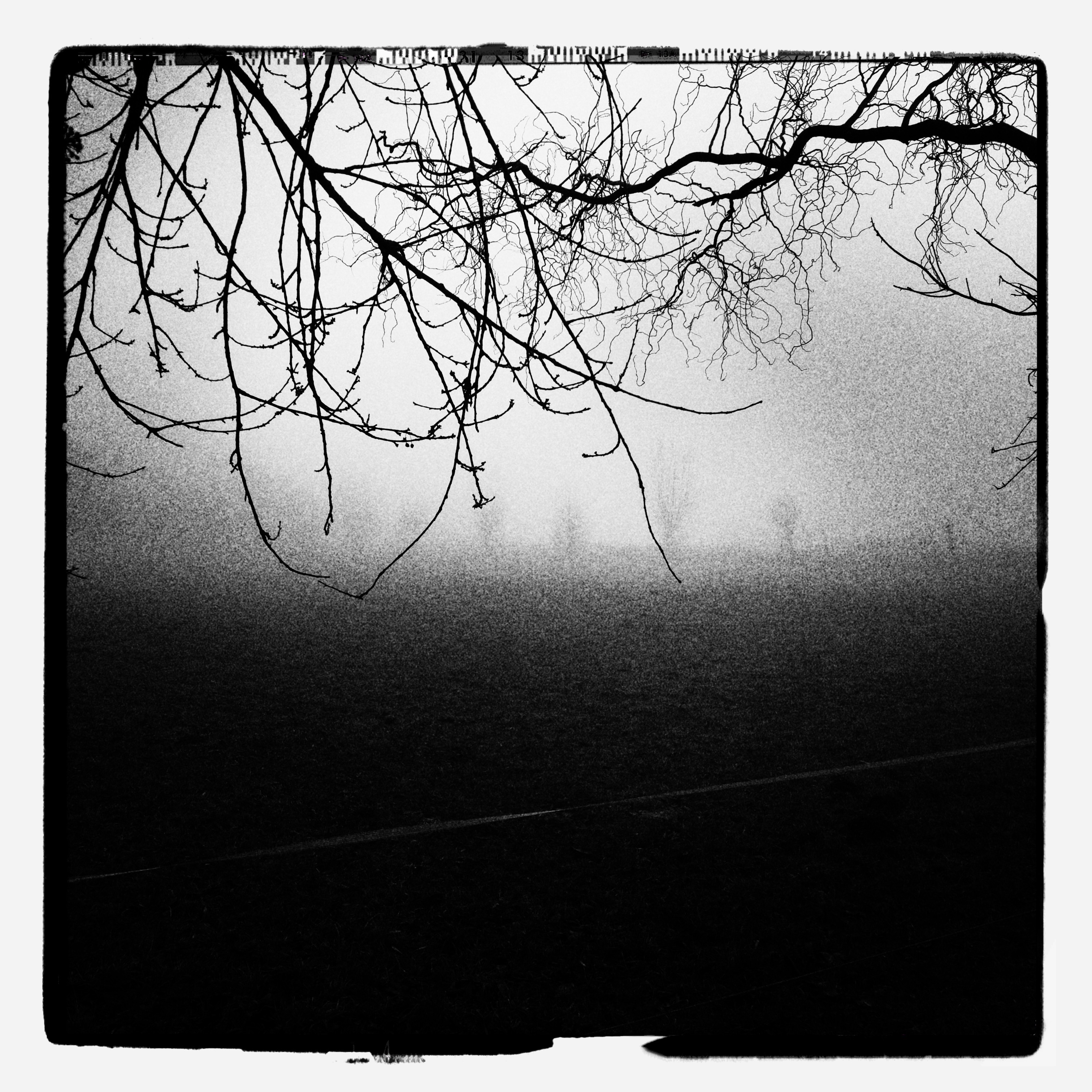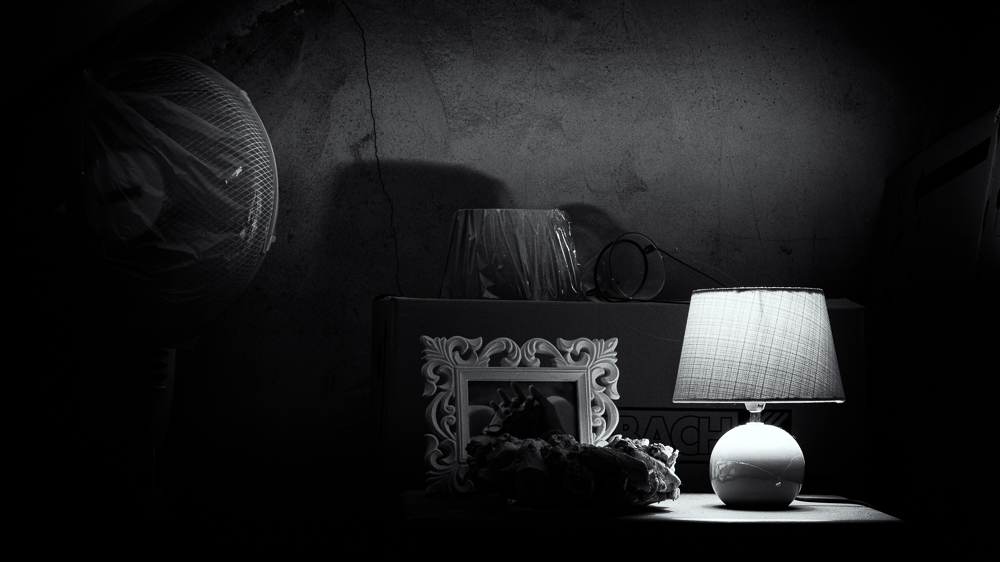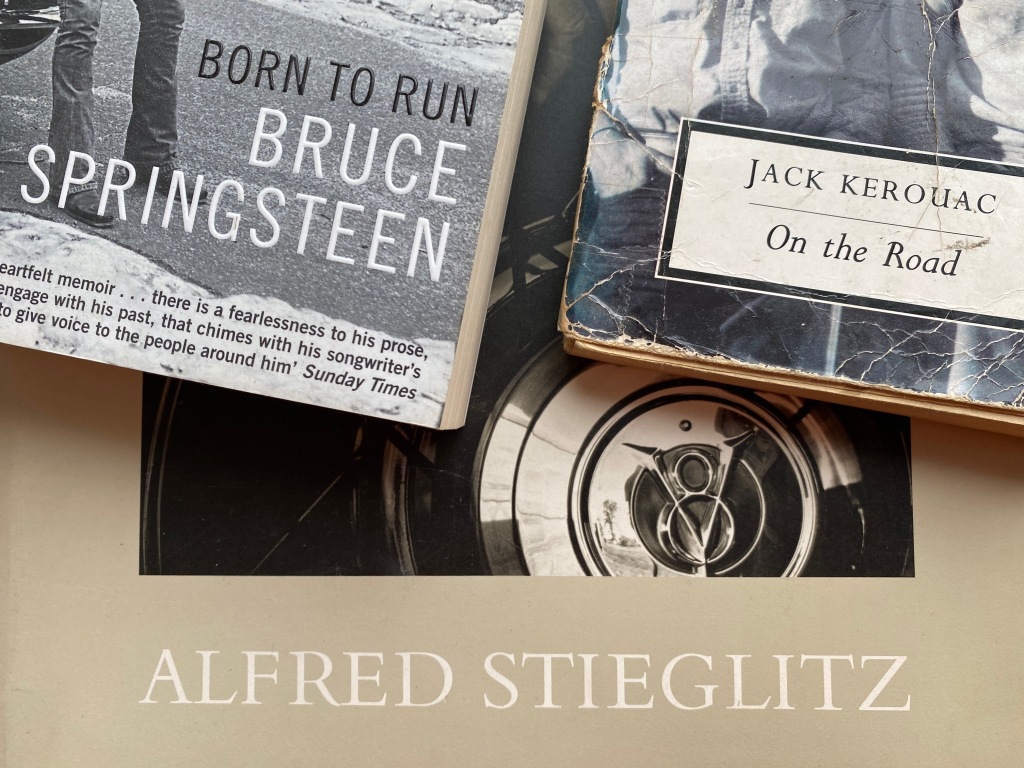
You could say that I have embraced the digital age. But when it comes to reading, I am still oldschool. The Kindle never really worked for me and although I enjoy a well-read audio book (and by that I mean something like “Sherlock Holmes: The Definitive Collection” read by Stephen Fry or his reading of the Harry Potter novels), I think a printed book is the best way to experience a book, not just read it. Needless to say that when it comes to photography books, there just is no other way to go.
I have repeatedly posted about the books currently on my desk and/or which I thought had a major effect on my life.
On July 25, 2019 those were (according to a post on my Instagram account @holgermischke):
- “On The Road” by Jack Kerouac
- “Born To Run” by Bruce Springsteen
- “Dispatches” by Michael Herr
- “The Catcher In The Rye” by J.D. Salinger
The Springsteen book had only been out for three years and I had only read it once, but the others were so worn that you could tell I had read them over and over again and they had seen their share of travel.
“On The Road” has been with me since the late 80s of the last century (now I do sound old). First I had read the german edition and traveled with it just about the time when I got to Paris for the first time for Bill and Charlotte’s wedding on Danny’s boat, the Big Maybelle just outside Paris. There was no better place, no better time and no better bunch of people to be with to read that book and doubt your life choices. It all ending with Danny calling me saying “Learn ten songs and be in New Orleans in three weeks for Mardi Gras.” But that is a story for another time.
There is something about war that fascinates us, that makes the worst or the best in people come out. The intensity in Michael Herr’s book, the amount of dense short stories within this novel, which starts introducing intense characters by the dozens about half way into the book made “Dispatches” a book that I had just finished and then just started reading from the beginning again.
We had to read “The Catcher In The Rye” in school, but for once I was glad to do as my teacher said. I thought Salinger had a way of talking to me that made me listen in a certain way. I loved the part in winterly New York City. The skating and a few more things found their way into my own unpublished novel “Arthur”.
I have been listening to Bruce Springsteen for maybe 35 years now. I only took a bit of a break when I was intently listening to hard bop, only to find out that when I came back to Springsteen, I could still sing along to the entire “Born To Run” album and then some. Those were the songs I listened to when I fell in love with my wife for the first time and rode up to here house on my beat up Yamaha in the morning to deliver yet another letter before work.
I got interested in the book when I heard some of it in “Springsteen On Broadway” and his experiences with is father’s and his own depression, his whole look on life including his stance on groewing older, felt like something I could and can relate to. Listening to the ausio book he narrated himself, I sat on the balcony in Thines, France in 22 and his ideas mingled with Stieglitz’s in my head were Kerouac’s were long established. It started to become interesting.
On February 16, 2023 I wasn’t so much talking about books that had a major impact on my life, but what was on my desk back then. Those were:
- “Joe Pass Guitar Style” by Joe Pass and Bill Thrasher
- “Welcome To Oz 2.0” by Vincent Versace
- “The Catcher In The Rye” by J.D. Salinger
Salinger was still there, but this time for another or extended reason. I had a photo idea (just to avoid the word project) which would mean re-reading and defining a mood of each chapter and then find a photograph I could make that captures that mood.
I first had bought “From Oz To Kansas” by Vincent Versace, which was just about black and white conversion which of course I was really interested in. But I like his style also when he is talking about something else and in the second book there is more about philosophy. It is a quite technical book and maybe sometimes overly complicated, but it is also one of those books that talks a lot about the mindset, the philosophy. And as you might know, I do like that a lot in photography books.
The Joe Pass book was the one I turned to when I was looking for a one shop stop to learn jazz guitar, which for me meant closing the gaps in my guitar education. It also took me back to my days in Arnhem, The Netherlands when I tried to attend the Jazz Conservatory there. I took the bus to see my guitar teacher every weekend and we were working on stuff from this book and I remember a blues solo I learned which made me feel so good about myself and to this day I play a phrase from that solo so very often when I run into a D minor 7 chord.
Now that I am involved in this idea I call “North On Boelcke” (which might be a working title), another book is entering the frame. “Alfred Stieglitz – Photographs And Writings” by Sarah Greenough and Juan Hamilton, which contains a lot of great prints and writings, which means mostly letters. A while back this replaced Ansel Adams’ autobiography, which still is a great and inflential read. But I found the photographs of Stieglitz feel more like my photographs should feel to me and maybe sometimes already do. Now that I am looking for a way to capture the spirit of places I have been, I remember his photographs from New York City including my favorite “Winter – Fifth Avenue”. And reading his thoughts helps me pinpointing how to do this.
It is only fitting that now the three books on my desk are by a musician, a writer, and a photographer, as these are the titles that I have to give myself so everybody can guess what I am doing, but which for me just hint at what I really am. A being, maybe human. A spirit, quite restless. A natural poet.

